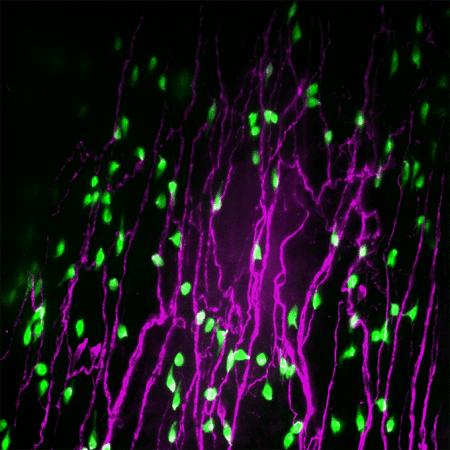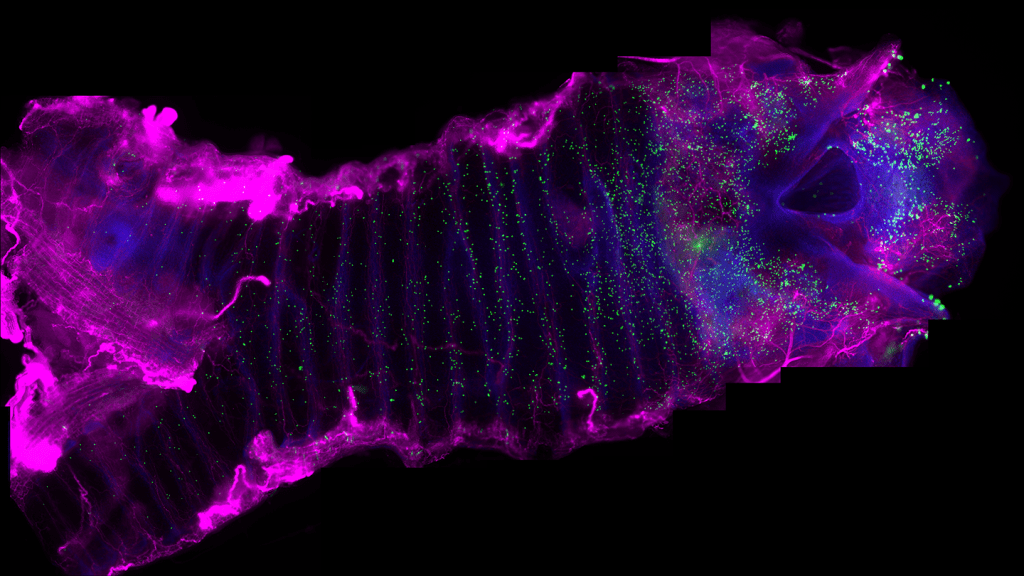Have you ever accidentally swallowed water or experienced acid reflux? It feels like your windpipe tightens and makes you cough quickly.
Scientists have now identified the cells responsible for this rapid reaction. They are neuroendocrine cells found in the larynx and trachea, which form the passage from the mouth to the lungs. They can detect the presence of water and acid passing through, a team reports in the April 19th Science. These cells then communicate with the nervous system to initiate reflexes, such as coughing.
Laura Seeholzer, a neurophysiologist at the University of California, San Francisco, comments, “This is not what I expected these cells to be sensing or doing.”
Neuroendocrine cells usually release hormones throughout the body. One of the places they are found is in the larynx and trachea, which, among other things, act as “gatekeepers for the airways,” according to Seeholzer. “If water or acid or other stimuli enter the airways, it can cause harm that may lead to breathing difficulties.”
Until recently, scientists had little knowledge about the type of information these upper airway-based neuroendocrine cells gather and whether they interact with the nervous system.

In experiments with mouse cells in dishes, Seeholzer and UCSF physiologist David Julius monitored the cells’ calcium levels, which indicate their level of communication with neighboring cells, to determine the stimuli that activated them. Unlike neuroendocrine cells in the lungs, which respond to changes in pressure, those in the larynx and trachea responded to water and acid. Stimulating these cells in mice led to swallowing and coughing, presumably to expel unwelcome substances from the airway.
“It turns out that there are many cells that function as sensory detectors and then communicate with the nervous system to drive behavior,” says Seeholzer. Like taste buds or outer skin cells, neuroendocrine cells in the airways help to protect the body from harmful substances.



